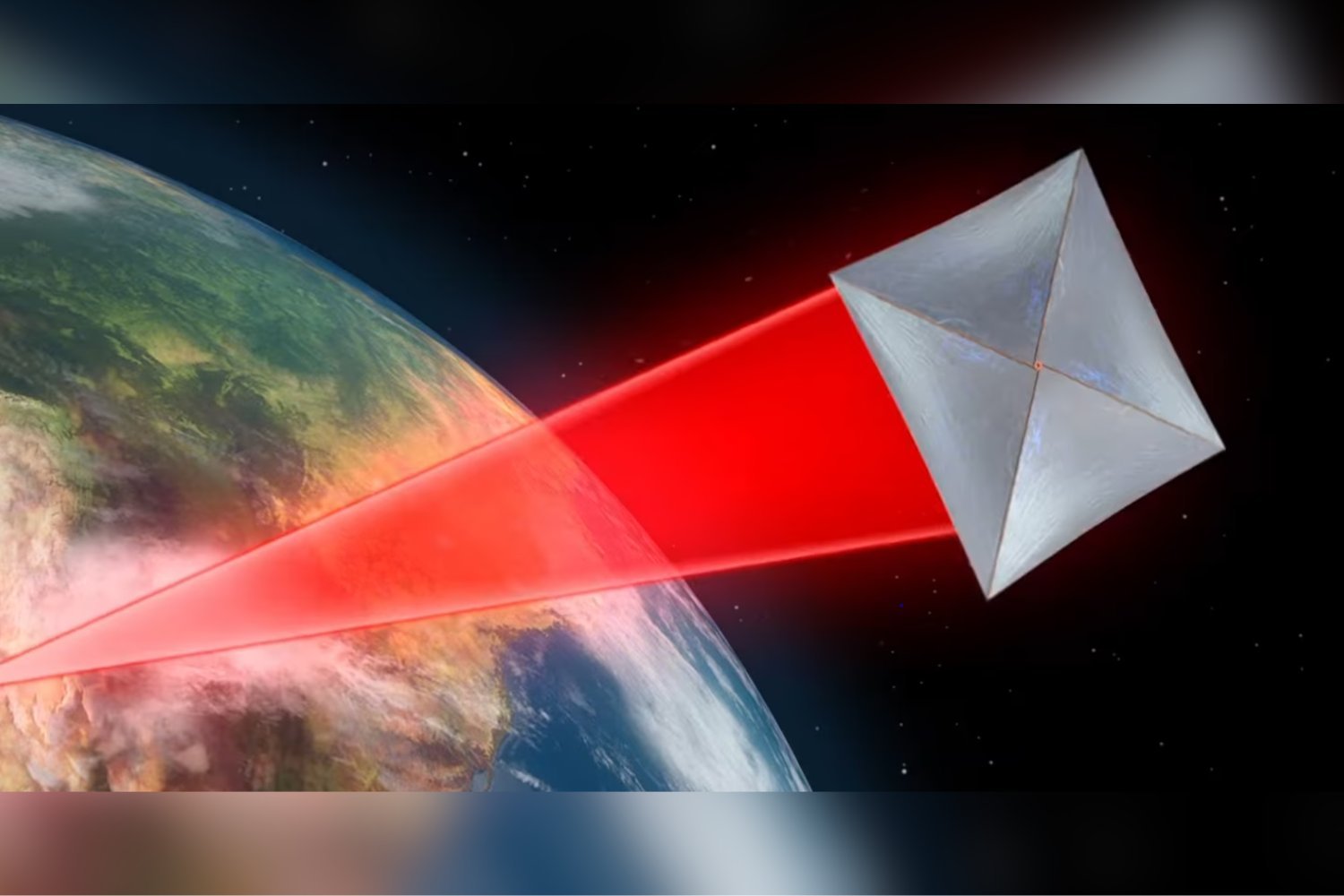Physical Address
304 North Cardinal St.
Dorchester Center, MA 02124
Physical Address
304 North Cardinal St.
Dorchester Center, MA 02124

Backed by laser light, this small sail sets the basis for future progress in LightSail technology and the possibility of stars.
A team of researchers at the California Institute of Technology invented a way to measure the fine membranes of the lights, which helps to prove the concept of future travel first imaginary Written by Johannes Kepler for more than 400 years.
Team search, Published This month in Light natureLightail describes miniature in a laboratory environment. The researchers measured the radiation pressure on the sail from the laser beam, and revealed how the materials interact with the laser beam. Ultimately, these results will help develop Lightails ready for space-one of the most promising compounds for traveling among stars, because they depend mainly on a limitless energy source: light.
“There are many challenges involved in the development of a membrane that can be used in the end as lights. “. Release.
“We wanted to know whether we can determine the force that is practiced on a membrane only by measuring its movements.” “It turns out that we can.”
In the study, the team interrogated miniature mini -lights – 40 microphone 40 microns in the region – from silicon nitrid. The team encouraged the Argon laser to visible wavelengths in the bound sail to find out how to sway and interact with the warmth resulting from the laser. The team measured the sail movements on the Picometer – to trillion meters (3.4 feet).
“We have not only avoided the effects of unwanted heating, but we also used what we learned about the behavior of the device to create a new way to measure the Light power,” said co -author Lior Michael, a physicist in Caltech.
The team reported the movements of movements by side and rotating in Lightail, an important ability when this device pushes the car across space. The space may be a vacuum, but it has a lot of things that float, from micrometeroids to solar wind storms. These external phenomena can affect the performance of Lightail and may endanger the task.
Lightails can be the future faceflight. Last year, Gizmodo Lightail 2 was awarded at the Gizmodo Science Exhibition to test the experience of photons feasibility as a way to push satellites. A 344 square feet of sail (32 square meters) pushed a small spacecraft on a trip on a trip, 5 million miles (8 million km), including 18,000 orbit.
In 2016, the group penetration initiatives Proposal A fleet of energy-powered spacecraft that can accelerate to 20 % of light speed-at a very large speed. At such speeds, spacecraft can reach alpha Santori, which are the closest star to the Earth to the side of the sun, within decades only. Accordingly, the appearance of the spacecraft that Lightail suffers can make light years of distance a lower obstacle that cannot be overcome to travel to space.
Although the last experience was in the laboratory, it provides some small steps – but the task – towards a functional sail that can lead to the operation of long trips to space.